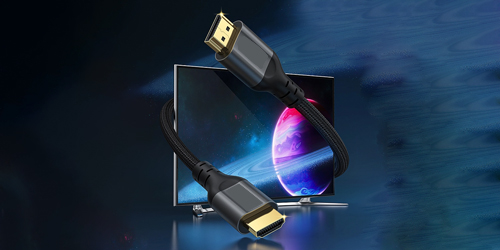Difference between hdmi 1.4 and 2.0
 Nov 18, 2023|
Nov 18, 2023| View:57
View:57HDMI 1.4 and 2.0 are two different versions of the HDMI standard, their main differences are as follows
1, bandwidth: HDMI 1.4 has a bandwidth of 10.2 Gbps, while HDMI 2.0 has a bandwidth of 18 Gbps, which means that HDMI 2.0 can transmit video signals with higher resolution, higher slew rate, and deeper colors.
2, resolution: HDMI 1.4 supports a maximum resolution of 4K (3840x2160), but can only be output at a refresh rate of 30Hz; while HDMI 2.0 supports a maximum resolution of 4K, and can be output at a refresh rate of 60Hz.
3, HDR: HDR (High Dynamic Range) is a display technology that provides a wider range of brightness and richer color expression. Only devices that support the HDMI 2.0 standard can transmit HDR signals.
4, Audio: HDMI 1.4 and 2.0 both support multi-channel audio transmission, but differ in audio format. For example, HDMI 1.4 supports up to DTS-HD Master Audio and Dolby TrueHD formats, while HDMI 2.0 also supports DolbyAtmos and DTS:X and other higher-level audio formats.
5, the difference between the rubber core: black plastic core is the HDMI cable version 1.4, blue plastic core is the HDMI cable version 2.0
6, the difference in color saturation: version 2.0 has better color levels than version 1.4, and the image is more detailed and rich. In terms of color saturation, version 1.4 of the HDMI cable only supports 8-bit color depth, while version 2.0 of the HDMI cable supports 10-bit color depth. Translated with DeepL
Translated with DeepL







